- Aspect Ratio: 1.2:1(1929 reissue); 1:37:1 (1925 original)
- Video Codec: AVC/MPEG-4
- Resolution: 1080p/24
- Audio Codec: PCM 2.0
- Subtitles: None
- Region: A (B? C?)
- Rating: Not Rated
- Discs: 1
- Studio: Image Entertainment
- Blu-ray Release Date: November 1 , 2011
- List Price: $39.98
[amazon-product]B005FQ2H0A[/amazon-product]
Purchase The Phantom of The Opera on Blu-ray at CD Universe
Shop for more Blu-ray titles at Amazon.com
Overall
[Rating:3.5/5]
The Film
[Rating:3/5]
Video Quality
[Rating:3/5]
Audio Quality
[Rating:3.5/5]
Supplemental Materials
[Rating:1/5]
Click thumbnails for high-resolution 1920X1080p screen captures
(Screen captures are lightly compressed with lossy JPEG thus are meant as a general representation of the content and do not fully reveal the capabilities of the Blu-ray format)
–
The Film
[Rating:3.5/5]
Films like The Phantom of the Opera helped to define a cinematic genre, in this case, the origins of the widely popular “horror” genre. While modern motion pictures can thank their silent forebears for their very existence, it is challenging to watch films with no spoken dialogue or sound effects, given today’s heavy reliance on dialogue and sound effects. This placed considerable burden on the actors who had to convey “action” and “speech” through stage motion and facial expression. Perhaps no better exponent of the silent tradition was Hollywood icon, Lon Chaney, also known as “The Man of a Thousand Faces.” Chaney was already an established star when Phantom was filmed, known particularly for his portrayal of deformed characters, like the Hunchback of Notre Dame. This Image Entertainment BD offers not one but three versions of The Phantom of the Opera: (1) Original 1925 16mm in standard definition; (2) 1929 reissue in 16 mm, at 24 fps; (3) 1929 reissue in 16 mm at 20 fps. Each version has its own original score, being an orchestral soundtrack (first 1929 version), an organ plus synthesizer (second 1929 version), and a piano (1925 version).
The story should be well known to fans of Andrew Lloyd Webber’s musical reincarnation of Gaston Leroux’s original novel. A horribly deformed but brilliant musician, Erik (Chaney), lives in a grotto below the Paris Opera. He becomes enthralled with ingénue opera singer, Christine Daae (Mary Philbin) who is in love with Count Raoul (Norman Kerry). Erik infuses Christine with the ability to become a star singer, but at the price of renouncing her lover. The story follows her abduction and imprisonment, exciting rescue, and eventual demise of the Phantom.
Video Quality
[Rating:3/5]
Given the considerable age of the original print, the ability to revive this movie to acceptable viewing standards is nothing short of amazing. With three versions for comparison, the decision of which to watch is a question of quantity over quality. The original 1925 film runs for nearly two hours and features scenes not included in the reissues, none of which substantially change the story, but do enhance its dramatic values. However, it is a true victim of the low tech originals, as the above screen capture clearly illustrates. The pervasive blur factor makes this version the least desirable of the three. The 1929 reissues are much better, albeit not candidates for high definition videos of the year. I preferred the 20 fps version over the 24 fps, due to the latter’s higher etch factor. What is puzzling is the inconsistency of tinting and colorization which afflict both reissues. Frankly, I would have liked either reissue in the straight-no-chaser noir version.
Audio Quality
[Rating:3.5/5]
Folks, these are silent films. So you can decide how much or little the added musical soundtracks help with the proceedings. My favorite was the orchestral version which also, by sheer chance, accompanied my favorite visual version of this film. However, silent film purists will probably groove on the piano score since this is often how silent movies were accompanied in theaters.
Supplemental Materials
[Rating:1/5]
There is a full-length commentary by Dr. Jon Mirsalis. It is both informative and illuminating and well worth considering for Phantom of the Opera fans. I would have wanted more information about the restoration process, the decisions to create original scores, and the actors who populated the silent film scene.
The Definitive Word
Overall:
[Rating:3.5/5]
The Phantom of the Opera is unlikely to undergo another cinematic makeover in the foreseeable future. Given this premise, does Blu-ray restoration make this disc worth the price of admission? This is the proverbial lady or the tiger question. For silent movie hardcores, the question is rhetorical, since you probably already have the DVD or have seen it. For the newcomers, the decision is not as clear since high definition cinematography was not even a dream bubble in 1925. I think that this movie is as well crafted or better than any of its successors and, coupled with the opportunity to see some of the silent’s stars for the first or last time, must be seen. In full confession, I watched each version with the soundtracks occasionally silenced. The Phantom of the Opera easily survives the lack of a soundtrack and justifies its status as the first great (and maybe greatest) horror film ever.
Additional Screen Captures
–
[amazon-product]B005FQ2H0A[/amazon-product]
Purchase The Phantom of The Opera on Blu-ray at CD Universe
Shop for more Blu-ray titles at Amazon.com
Overall
[Rating:3.5/5]
The Film
[Rating:3/5]
Video Quality
[Rating:3/5]
Audio Quality
[Rating:3.5/5]
Supplemental Materials
[Rating:1/5]
–




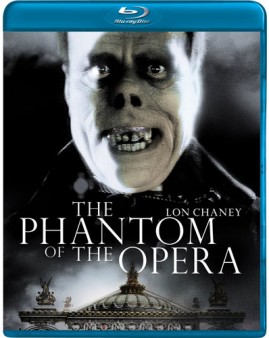


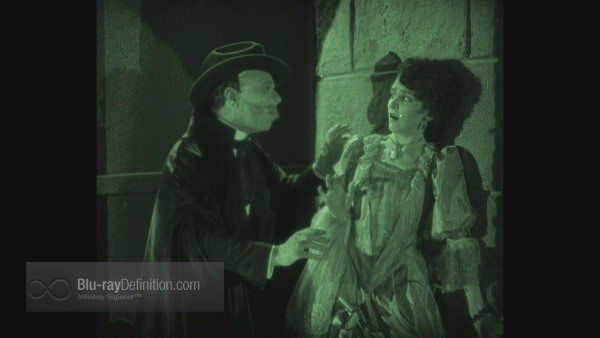
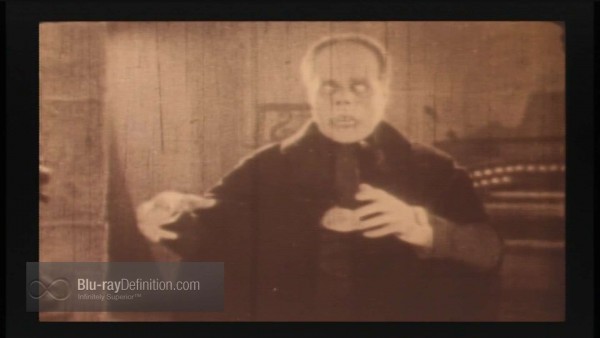
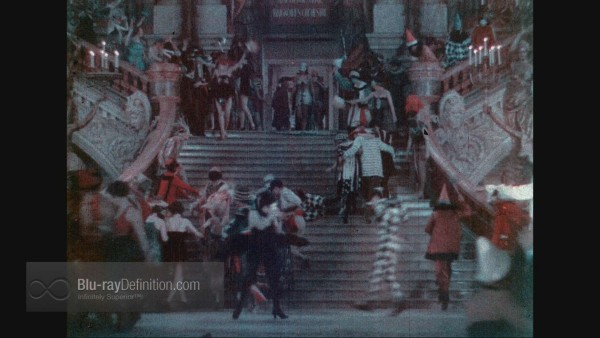
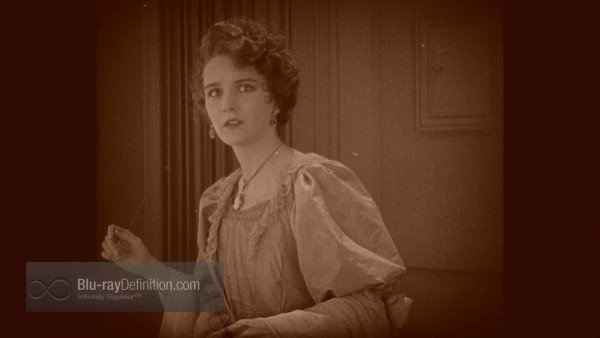
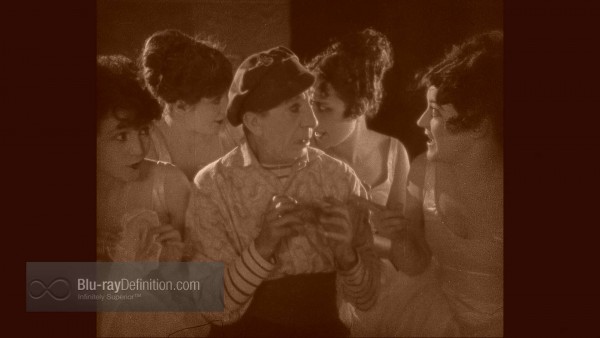
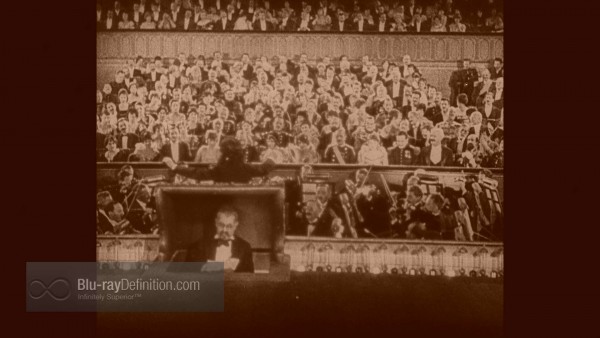
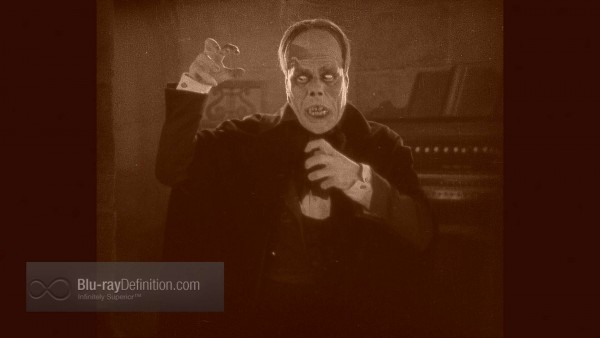
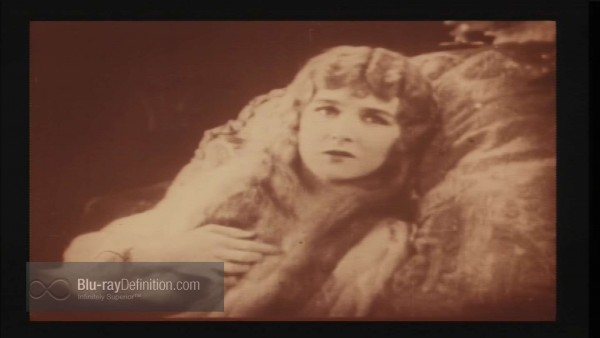
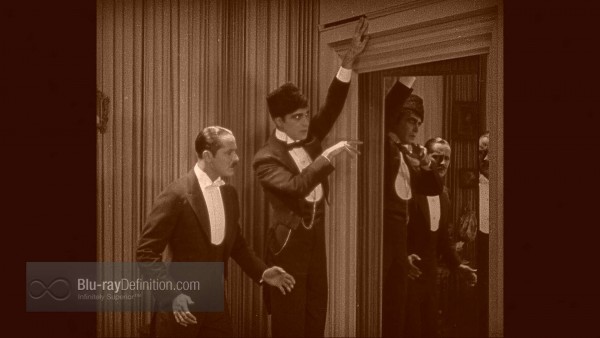
This review states that all three versions of THE PHANTOM OF THE OPERA on the Image-Entertainment Blu-ray are from 16mm — NOT SO! Only the 1925 original release comes from 16mm. The 24 fps and 20 fps 1929 version are from 35mm. The 24 fps versions has undergone a pictorial restoration and the images are greatly improved over any other DVD release.